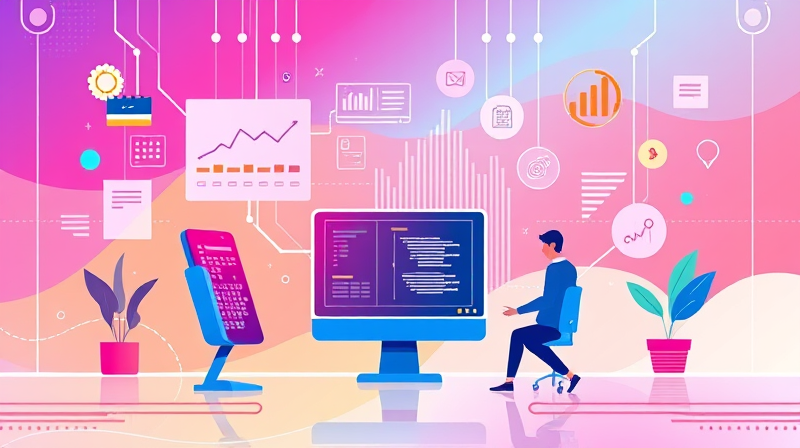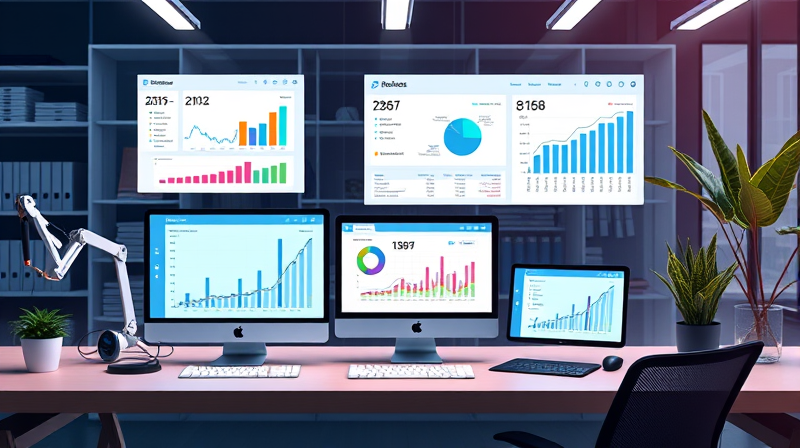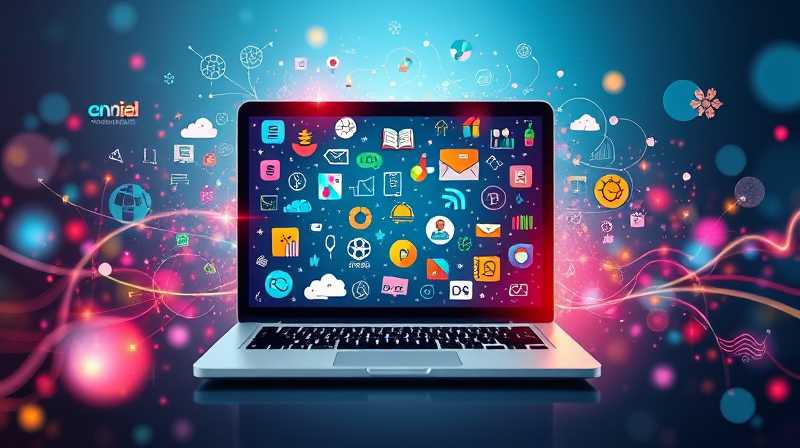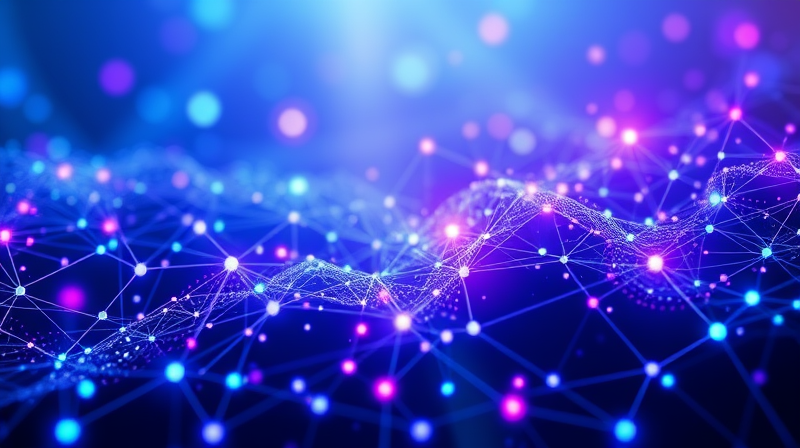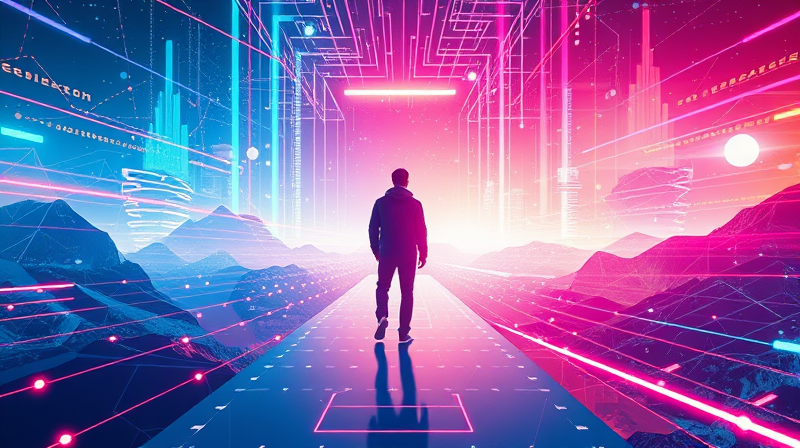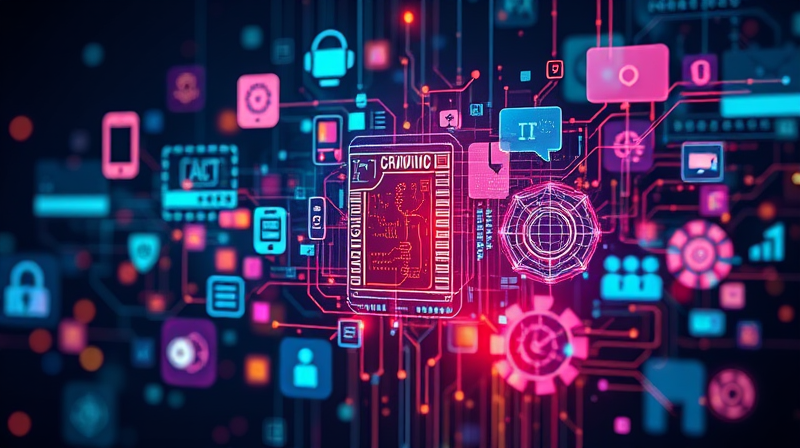The digital age has ushered in a revolution in productivity, driven by groundbreaking software tools and smart gadgets. Today, making the most of these innovations means embracing artificial intelligence and modern technology trends. This transformation has reshaped workflows, enhanced collaboration, and allowed for more strategic focus, enabling individuals and teams to achieve higher levels of efficiency.
Embracing Change in a Rapidly Evolving Landscape is essential. With the integration of AI-powered assistants, automated scheduling, and intuitive development platforms, professionals can move beyond routine tasks and focus on creative problem solving.
Key Technologies Driving Efficiency
One of the primary factors enabling better productivity is the advent of AI-driven tools. These innovations do more than just simplify operations—they adapt and learn, creating highly personalized experiences in software and gadget usage.
- AI Coding Assistants streamline the coding process by offering real-time, context-aware suggestions. Tools like GitHub Copilot are capable of anticipating developer needs, thus reducing the time spent on debugging and expanding the potential for innovation.
- Smart Scheduling Tools such as Motion leverage advanced algorithms to automate task prioritization. They integrate deadlines directly into calendars, ensuring that every minute is spent productively.
- Integrated Development Environments (IDEs) like IntelliJ IDEA and Microsoft Visual Studio provide enhanced coding experiences by automatically detecting errors and offering smart code completions. These tools not only optimize coding but also facilitate seamless project management and collaboration.
The efficiency of teams has never been greater, with project management software supporting better workflows and providing real-time updates to ensure that every part of a project is on track.
For example, innovative platforms like ClickUp and Asana have redefined the way tasks are managed. They integrate robust reporting tools and automated workflows that reduce manual follow-up, allowing teams to concentrate on strategic initiatives.
Productivity Apps for Varied Work Environments play an essential role, whether you are working from home, in the office, or on the move. Tools such as Microsoft 365 provide an all-in-one solution for document management and communications, while apps like Todoist and Clockify offer specialized approaches to task management and time tracking.
When you utilize these resources, you automatically align with current trends in technology that prioritize efficiency, accessibility, and simplified user experiences.
Transforming Everyday Workflows
Modern software and hardware are crafted to minimize distractions and maximize output. The integration of AI not only simplifies work routines but also serves to create a more attractive work environment by supporting personalized workflows adapted to individual habits and team dynamics.
For instance, AI-powered assistants now embed themselves within everyday applications. These interfaces are not just about managing schedules or debugging code; they are designed to assist in content creation, meeting summaries, and even elaborate task planning. This layered functionality is what makes modern technology a critical asset for anyone looking to boost their efficiency.
Moreover, innovative visualization tools such as TaskHeat and Visor offer creative ways to organize thoughts and plan projects. These tools help convert complex data into intuitive visual maps that make it easier for teams to understand task dependencies and structure their approach.
Understanding how to leverage these tools effectively can also mean better use of time and resources. By automating routine operations, professionals can dedicate more energy to strategic thinking, ultimately leading to more innovative solutions and a more competitive edge in the market.
Adapting to the Ever-Evolving Digital Workspace requires more than just technological upgrades. It demands an attitude of continuous learning and adaptation. By staying informed about the latest trends—such as enhanced mobility across desktop and mobile platforms—users can integrate these tools seamlessly into their daily routines.
A proactive approach to adopting new technology is essential. When one embraces a mindset geared towards learning and adaptation, the use of advanced tools becomes second nature. This proactive strategy not only increases efficiency but also fosters a culture of continuous improvement, making teams more resilient to the rapid pace of change.
Furthermore, it is important to note that the evolution of digital tools goes hand-in-hand with data security and privacy. While leveraging these advanced systems, professionals must remain mindful of best practices for protecting sensitive information. This balance between efficiency and security is vital in today’s high-tech environment.
Finally, the most significant aspect of enhancing efficiency with software and gadgets is the vision to integrate new trends responsibly. The future belongs to those who can blend technology, creativity, and strategy in a way that elevates both personal performance and team dynamics. With every new tool and application, there lies an opportunity to shape a more effective and innovative professional landscape.
In conclusion, technological advancements in software and gadgets provide the perfect toolkit for maximizing efficiency. By learning how to integrate AI-powered features, leveraging project management tools, and embracing innovative workspace tools, users are better equipped to meet the demands of a dynamic digital world. This forward-thinking approach is what will continue to drive success in 2025 and beyond.

